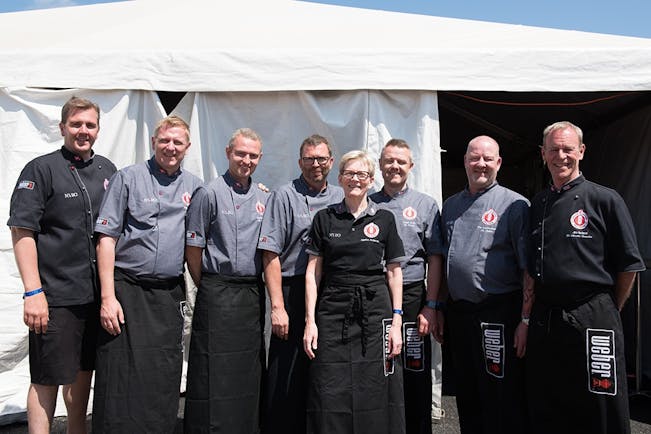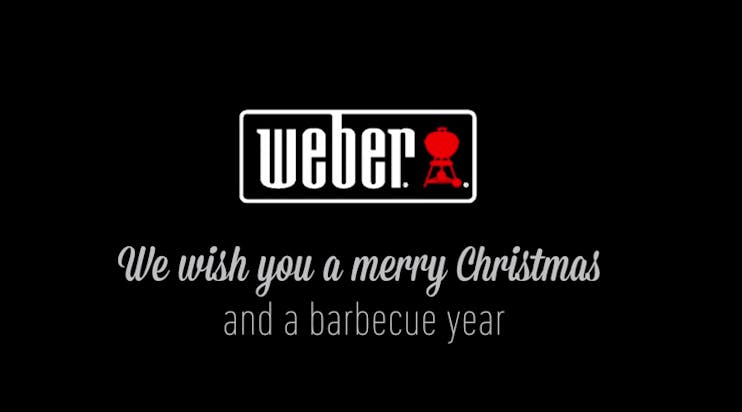The Ease Of Using An Electric Q
Weber has been making charcoal grills since 1952, and gas grills like the Genesis since 1985, but we’ve only been making the electric Q series since 2009. First, we came out with the Q 140, and then we introduced the Q 240. Today we offer updated versions of both of these models, known as the Q 1400 and Q 2400.
Since many people are unfamiliar with using electric grills, today we’re going to answer some of the more common questions we get here at Weber Customer Service.
#1. How does cooking on an Electric Q model differ from cooking on a gas or charcoal grill?
We turned to our Culinary R&D Specialist, Jennie Lussow, for her thoughts on the matter.
“The electric Q functions pretty much the same as the gas Q’s. I’m always amazed that a grill with the wattage of a hair dryer can produce the same sear on a steak that I get from some of our larger, more powerful gas grills. If you cooked side by side on a gas Q and electric Q, I think you’d be hard pressed to tell the difference in the result of the food.”
Jennie gets to test the cooking properties of all of our grills and smokers, and if she has a hard time telling the difference I’m not sure anyone could. This is actually great news, because many people might find themselves subject to restrictions on gas or charcoal grills if they live in a condo, apartment or townhouse, but many times electric grills are allowed.
This means they can enjoy the experience of outdoor cooking, and expect the same results as if they had a gas or charcoal grill. Of course, there will always charcoal grill “purists”, but given the option of having an electric grill or no grill at all…I’d choose the electric grill.
#2. How should I clean my Electric Q grill?
Due to the unique design of our Electric Q models, there are some noteworthy differences in how they should be maintained. Here are a few of the most important points.
- Only clean the grill when the power is off and the grill has been allowed to cool.
- Metal scrubbing pads should not be used on any portion of the grill. Metal pieces may fall off and cause a short with the electrical parts, or create the potential for an electric shock.
- Controller and Power Cord - Use warm soapy water and a damp cloth to clean the Temperature Controller and Power Cord. Wipe and completely dry before use. Do not immerse in water.
- Heating Element - The Heating Element does not require cleaning, as debris will burn off naturally while the element is heating.
- Removable Bowl Liner - Remove excess grease from the Removable Bowl Liner by scraping it with a plastic scrapper/putty knife. Remove the liner and wash with warm soapy water for cleaning out more excessive build-up. Make sure the liner is completely dry before returning it to the grill.
- Cooking Grate(s) - A general cleaning of the cooking grate(s) can be done immediately following cooking. While the grill is still warm, brush the grate(s) with a Weber brand stainless steel bristle brush. For a more thorough cleaning, when the grill is cool, use a Weber brand stainless steel bristle brush to remove particles as needed. Remove the cool cooking grate(s) from the grill, wash with warm soapy water and rise with water, and dry with a clean cloth or paper towel. Do not soak the grate(s) in water or allow to air dry. NOTE: Grill brushes should be checked for loose bristles and excessive wear on a regular basis. Brushes should be replaced if any loose bristles are found on cooking grates or on the brush. Weber recommends purchasing a new stainless steel grill brush at the beginning of every spring.
By using these cleaning tips an Electric Q model should last for many years and provide great results for countless backyard BBQs.



